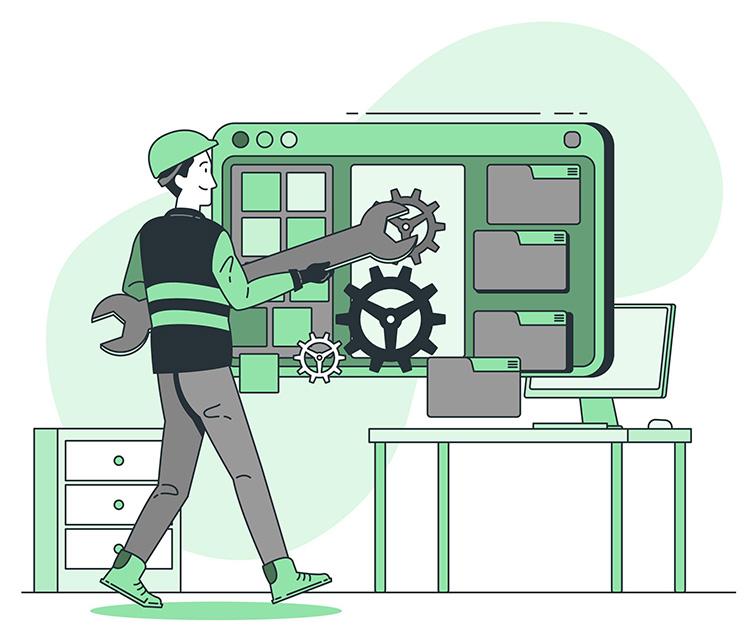Published July 12, 2024

Jose Osornio
Principal Solutions Architect

In today’s fast-paced digital landscape, organizations face the daunting task of modernizing their application delivery systems. The complexity, size, and fragility of legacy systems often make this endeavor seem overwhelming. Yet, the need for modernization is clear: faster runtime, improved stability, enhanced security, sustainability, and accelerated value delivery are essential for staying competitive. This blog post delves into the key insights from a comprehensive whitepaper on modernizing application delivery, offering a strategic template for achieving modernization success.
Modernization leverages technology to achieve business goals such as improving efficiency, enhancing quality, or gaining a competitive edge. It encompasses people, processes, and technology working in tandem to transform how organizations deliver business value. This transformation is not merely about technological upgrades but involves a holistic approach to changing the way teams operate and collaborate.
Modernizing application delivery is crucial for supporting continuous change at scale, thereby adding significant value to the business. By linking customer experience directly to business performance, organizations can achieve remarkable results. For instance, Alliance Bank, through agile development and open-source technologies, achieved 136% year-over-year retail growth and reduced customer sign-up time by 70%. This underscores how modernization can dramatically improve processing capacity and enhance customer satisfaction.
Modernization Requires More Than Just Technological Change: Focusing solely on technology without transforming the application delivery process or the teams involved will not yield the desired acceleration in time-to-value. Successful modernization views the organization as a sociotechnological system where culture, process, and technology are interlinked and mutually reinforcing.
Modernization is a Continuous Process: Treating modernization as a one-time event leads to recurring technical debt and outdated applications. Instead, modernization should be an ongoing process of continuous improvement, fostering a culture of adaptability and iterative value creation.
Modernization Can Start Small: Rather than embarking on large, risky projects, organizations should aim for quick initial successes. This “fail fast, fail often” approach promotes rapid learning and incremental innovation, unlocking value in small steps and creating momentum for further modernization.
People: Optimizing human systems is critical. According to Conway’s Law, an organization’s system design reflects its communication structure. Thus, building cross-functional teams that support value streams rather than isolated departments enhances efficiency and effectiveness. Smaller, autonomous teams focused on specific value streams can adapt more quickly and innovate more effectively.
Technology: Supporting modernization through containerized applications and cloud-native environments can significantly enhance agility and scalability. For example, Lotte Card’s adoption of a Kubernetes-based platform allowed it to handle a tenfold increase in concurrent process requests, maintaining seamless operations even during spikes in user activity.
Process: Automating interactions between people and technology is essential for maximizing the benefits of modernization. Starting with pilot projects to quickly demonstrate value, organizations can standardize successful approaches and scale them across the enterprise. A thorough application portfolio assessment helps prioritize applications for modernization and identify the best migration strategies.

A structured application portfolio assessment identifies which applications to modernize and the appropriate migration strategies. This involves categorizing applications based on shared attributes and prioritizing them for migration. The process typically involves:
By systematically assessing and migrating applications, organizations can streamline their portfolios, enhance software delivery performance, and support continuous digital transformation.
Modernizing application delivery is a multifaceted journey that requires careful planning, strategic execution, and continuous iteration. By addressing people, processes, and technology in unison, organizations can transform their application delivery systems, driving business growth and staying competitive in an ever-evolving market. Start small, think big, and embrace continuous improvement to achieve lasting success in your modernization efforts.
For more detailed insights and case studies on modernizing application delivery, refer to the comprehensive whitepaper by Red Hat.